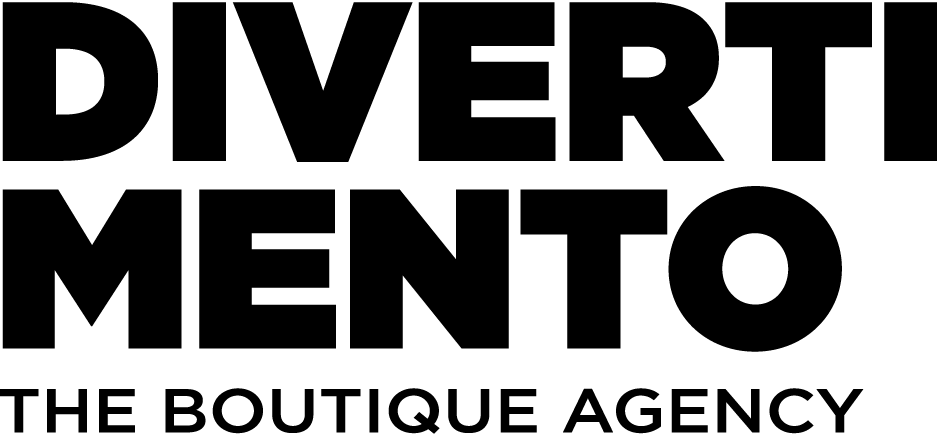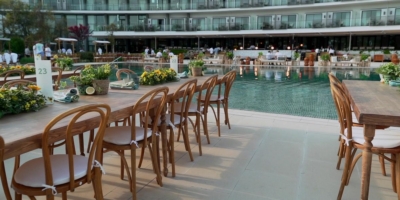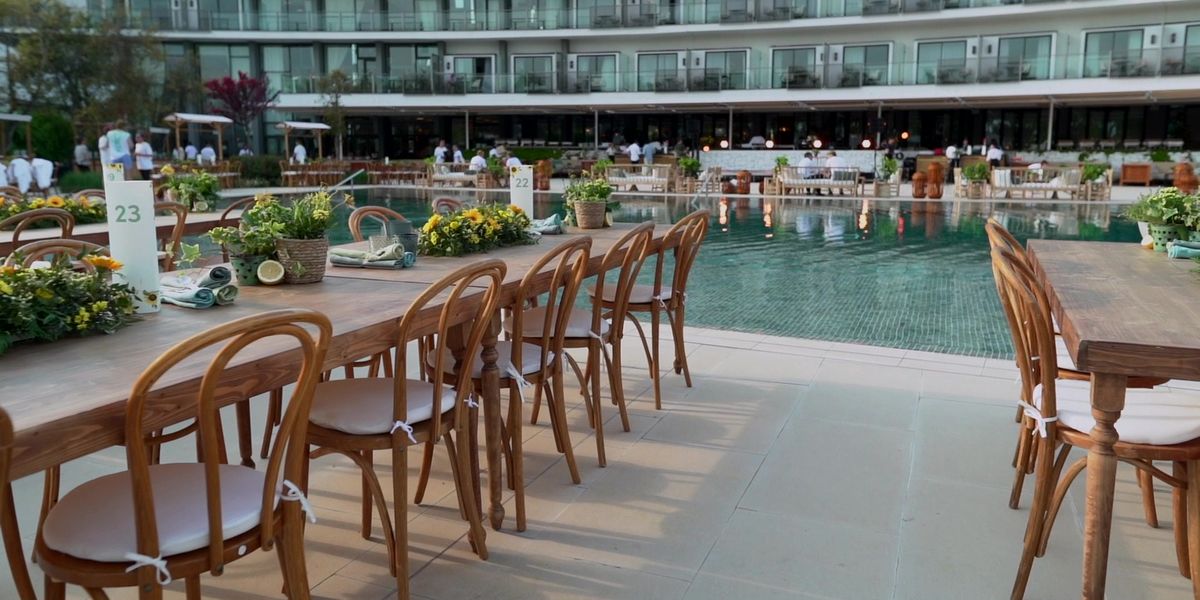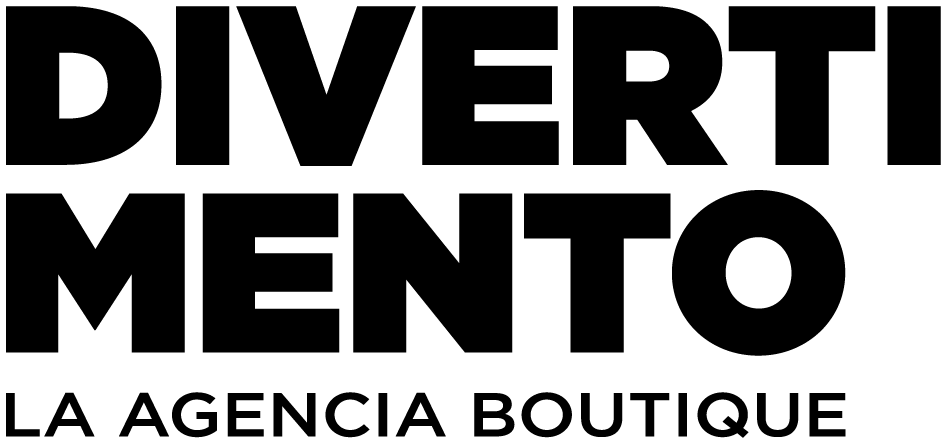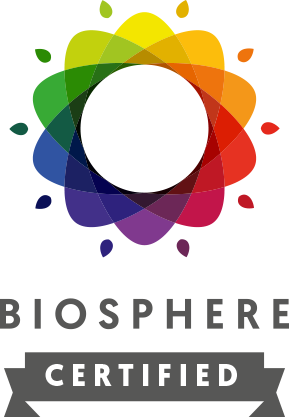Storytelling is a communication technique that consists of the art of telling stories that connect with people’s emotions, values and needs. It is a powerful tool for communicating, persuading and motivating others, both personally and professionally. For corporate events, storytelling can help create a unique and memorable experience for attendees that reinforces the company’s identity, culture and objectives.
In order to apply storytelling to the organisation of corporate events, it is necessary to design a story that is coherent with the message to be conveyed, which is developed through different phases, media, activities and natural and urban environments. A corporate event with storytelling can be divided into four main phases:
1. What are the phases of a corporate event with storytelling?
A corporate event with storytelling can be divided into four main phases:
- The introduction: this is the moment to introduce the topic, the objective and the context of the event, as well as to generate expectation and interest among the attendees. A video, presentation, letter or email can be used to create a first contact with the story.
- The development: this is the most extensive and varied part of the event, where the main plot of the story is developed, conflicts, challenges and solutions are posed, and the attendees are involved in different activities. Various means can be used, such as workshops, group dynamics, games, simulations, talks, testimonials or case studies. The natural or urban environment can also be used to create scenarios that set the scene for the story and encourage interaction.
- The climax: this is the climax of the event, where the story is resolved and the main objective is achieved. The aim is to generate an emotional impact on the audience, making them feel part of the story and inspiring them to act on it. A motivational speech, public recognition, award or gift can be used to close the event on a positive note.
- The conclusion: it is time to take stock of the event, to gather the impressions and lessons learned from the attendees, and to reinforce the message and the action you want to promote. A survey, evaluation, feedback or follow-up can be used to measure the impact of the event and maintain contact with attendees.
2. What are the advantages of applying storytelling to corporate events?
Applying storytelling to corporate events has multiple advantages, among which the following can be highlighted:
- It increases the interest and attention of the audience by offering them a story that engages them and makes them feel like the protagonist.
- It reinforces the memory and recall of the event by appealing to the emotions and senses of the audience.
- It builds trust and empathy among attendees and with the company by creating an emotional bond based on shared values.
- It stimulates the creativity and innovation of the attendees by inviting them to actively participate in problem solving and idea generation.
- Encourages collaboration and teamwork among participants by proposing activities that require coordination and cooperation among them.
- It boosts attendees’ commitment and action by motivating them to apply what they learnt at the event to their professional reality.
3. How to apply technology to storytelling in corporate events?
Technology can be a great ally in applying storytelling to corporate events,as long as it is used judiciously and in a balanced way.equilibrio. Some ways of applying technology to storytelling are as follows:
- Use digital platforms to create and spread the story of the event, such as social media, blogs, podcasts or newsletters.
- Use mobile devices to interact with attendees during the event, such as smartphones, tablets or wearables.
- Use digital tools to facilitate event activities, such as apps, games or collaborative platforms.
- Use audiovisual resources to set the scene and enrich the event, such as videos, images or music.
- Use emerging technologies to create immersive experiences at the event, such as virtual reality, augmented reality or artificial intelligence.
4. How to alternate the presence and absence of technology at corporate events?
However, technology can also have some drawbacks, such as distracting, saturating or disconnecting attendees. It is therefore important to alternate the presence and absence of technology at the event, so as to take advantage of its advantages and avoid its disadvantages.
Some ways of alternating the presence and absence of technology at the event are as follows:
- Establish moments of digital disconnection, where attendees are invited to turn off or mute their devices and focus on the present moment.
- To provide spaces for human connection, where direct contact and communication between attendees is encouraged, without technological intermediation.
- Combine activities with and without technology, where technology is used to facilitate or complement activities, but not to replace or limit human interaction.
- Balancing the use of emerging and traditional technologies, where innovative and surprising experiences are offered with the most advanced technologies, but also simple and authentic experiences with the most basic technologies.
- Use diverse artistic expressions to reinforce relevant aspects of the experience, with the possibility of combining traditional artists with cutting-edge technological means. Use live entertainment, such as mini-concerts, performances or shows as a disruptive element at selected moments within the discourse established by the unfolding story.
5. What are the benefits of alternating the presence and absence of technology at corporate events?
Alternating the presence and absence of technology at corporate events has several benefits, including the following:
- It improves attendees’ attention and concentration by avoiding distractions and interruptions caused by technological devices.
- It increases the well-being and health of attendees by reducing the stress and anxiety that can be generated by the excess of information and stimuli provided by technology.
- It awakens values and skills in participants, promoting attitudes such as curiosity, openness, flexibility, adaptation and resilience in the face of technological change.
- It strengthens the relationships and sense of belonging of the attendees by encouraging dialogue, listening, empathy, respect and trust among them and with the company.
6. Storytelling according to Divertimento
In short, storytelling is a very effective technique for organising corporate events that manage to capture the interest, transmit the message and mobilise the attendees to action. To achieve the desired effects, it is necessary to design a story that is coherent with the company’s objectives and to develop it through different phases, media, activities and environments. In addition, it is important to take advantage of the benefits of technology, but also to alternate its presence and absence to avoid its drawbacks and enhance human connection.
But what is the crucial role of a local event agency in this scheme?
Divertimento is a local partner of reference in Barcelona and Girona and this is not by chance, nor by the proven fact of the excellence of the events we create and execute.
The key is twofold: experience in our work and full and up-to-date knowledge of the environment in which we work for our client companies.
A Privileged Environment for Events that Work
Catalonia is an ideal destination for organising corporate events that seek to convey a message, a story, an emotion. Thanks to its geographical, cultural and gastronomic diversity, Catalonia offers endless possibilities to create unique and personalised experiences that connect with the target audience.
As a local event organisation agency, we know the territory and its resources inside out.
We know how to make the most of the advantages that Catalonia offers to design corporate events that adapt to the needs and expectations of each client. Whether in cosmopolitan Barcelona, historic Girona, creative Tarragona or natural Lleida, we can find the perfect setting to tell the story you want to tell.
Our team of professionals is specialised in the art of storytelling, the communication technique that uses storytelling as a tool to generate engagement, loyalty and conversion. Through storytelling, we can create corporate events that not only inform, but also excite, inspire and motivate the audience. We can create corporate events that are not just a one-off event, but also form part of an global communication and marketing strategy.
This is nothing new, since Barcelona opened up to the world with the 1992 Olympic Games, the whole of Catalonia is a recognised and privileged place to organise corporate events with a large dose of storytelling, because it offers everything necessary to create memorable stories. And Divertimento, as a local event organisation agency, is the best ally to make these stories come true.
We have a wide and refined portfolio of services and specialised suppliers to cover any need for the corporate event you are looking for, whether they are usual needs in event organisation or new needs arising from the evolution of the market, technology or people.
In order to apply storytelling to the organisation of corporate events, it is advisable to follow the following steps:
- Define the message and objectives of the event, as well as the target audience.
- Research and get to know the target audience, their interests, needs, values and emotions.
- Create a story that connects with the target audience, has a common thread, conflict, climax and resolution, and reflects the company’s values and culture.
- Design a script that develops the story through different phases, media, activities and environments, and involves the participants as protagonists or co-creators of the story.
- Select the human, technical and logistical resources necessary to carry out the event, and coordinate them appropriately.
- Conduct pre-event testing and rehearsals to detect possible errors or unforeseen events and correct them in time.
- Carry out the event with professionalism, creativity and passion, and evaluate its impact and results through surveys, feedbacks or follow-ups.
If you want to learn more about how to apply storytelling to the organisation of corporate events, we recommend some useful resources:
- “The Storytelling Edge” by Joe Lazauskas and Shane Snow, which explains how to create memorable stories for events.
- Team Building: The Definitive Guide
We hope this article has been useful for you to learn how to apply storytelling to the organisation of corporate events. If you have any questions or suggestions, leave us a comment. And if you would like to share your experience or your results with us, we would be delighted to hear from you!
Contact us and we will help you to create the corporate event that your company needs, let our creativity flow and see first-hand the benefits of storytelling well applied and in an epic setting.
